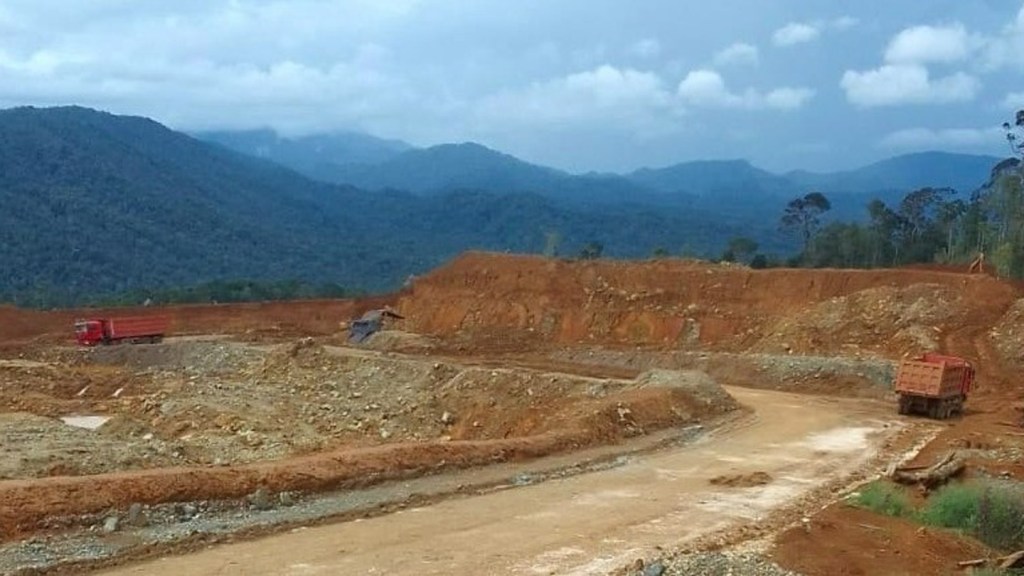For many, the topic of plastic pollution conjures up images of dirty rivers and massive landfills in developing countries. It’s hard not to think this when the idea is supported by official studies.
In 2015, a report on Science revealed that the leading sources of plastic waste in oceans were in Asia, with China, Indonesia, and the Philippines in the top three spots. This information was considered groundbreaking and is still cited by legitimate media outlets when discussing environmental problems. But according to environmental advocates, it hardly shows the whole picture.
Videos by VICE
Froilan Grate, the Asia Pacific Coordinator for the Global Alliance for Incinerator Alternatives (GAIA) questioned the study and said that it was based on assumptions. These were extracted from data like population size and waste management systems.
But the narrative of a “dirty Asia” is an easy one to believe, even for those who live in the region.
“Part of it is, I would say, confirmation bias where Asia is exotic, is less developed, [and] in some cases, dirty given what you see,” Grate told VICE during the Zero Waste Cities Conference in Penang, Malaysia on Monday.
“So if the narrative doesn’t conform to that, then it’s not being amplified, but if the narrative actually reinforces that, then that would gain more traction.”
But he and other environmental advocates fear, that continuing to perpetuate this view only frees wealthier countries in North America and Europe from taking responsibility.
In reality, much of the world’s trash is actually manufactured by multinational companies headquartered in the West, according to the 2018 brand audit by #BreakFreeFromPlastic.
Those living in developed countries also produce a lot more waste than those in developing ones. Take the United States, for example. Its Environmental Protection Agency reported that in 2015, each person generated 4.48 pounds of municipal solid waste per day. This is a lot more than say, what a Filipino produced in 2016, which was reported at an average of .40 kilograms (.88 pounds) per day by the Philippines’ National Solid Waste Management Commission.
Some would argue that this is all fine because rich countries tend to have good recycling programs, but that comes at a price countries in Southeast Asia have to pay for.
“Recycling simply means that they send it to another country with the condition that it gets recycled, but it doesn’t matter if it actually gets recycled or not,” Grate said.
He explained that the current recycling model just means wealthier countries sending their plastic waste to poorer ones. Once the trash has been shipped, these rich countries don’t consider it their problem anymore.
As a manufacturing hub, China used to be the biggest importer of foreign waste, but this changed in 2018 when it banned the import of most plastics. Companies started sending their waste to Southeast Asia, suddenly turning Malaysia into the top importer, data from Greenpeace East Asia shows. It was followed by Thailand, Vietnam, Hong Kong, and the USA.
“Asia has been wrongly portrayed as the poster child for plastic pollution,” Mageswari Sangaralingam of the Consumers’ Association of Penang said during a press conference in the Malaysian state on Sunday. “The actual fact is that we have become the world’s dumping ground, arising from countries exporting their plastic problems.”
The United States was the top exporter followed by Japan, Germany, the United Kingdom, and Belgium. Companies from exporting countries are only meant to send waste that can be recycled but many get around this by mislabeling containers filled with non-recyclable trash like single-use plastics and diapers. They get away with it because most developing countries don’t have the capacity to check every shipment, especially for archipelagos with many ports like Indonesia and the Philippines.
“The moment that the waste already is on a different port, it’s really difficult to send it back,” Grate said.
For the most part, these Southeast Asian countries are forced to deal with the non-recyclable trash themselves, which is why many have already started to push back.
In April, Malaysia sent back five containers of waste to Spain and said the following month that it would do the same to 450 tonnes of contaminated plastic waste sent by wealthy countries from North America, Europe, and Asia. In May, the Philippines sent back 69 containers of waste to Canada after the Philippine government pressured the North American country to take accountability. Indonesia has done the same for trash sent to its shores. Malaysia, Thailand, and Indonesia have also all placed restrictions on waste imports.
Recycling is simply not the magic bullet many believe it to be. In fact, only 9 percent of the world’s plastic waste is actually recycled. This means that the rest are either incinerated, a problematic solution, or end up in landfills, in the ocean, or our surroundings—pollution that is, more often than not, blamed on developing countries and their people.
A better, more lasting, solution is to refuse to buy products made of plastic in the first place. That includes letting go of promises to “reuse” plastic containers that eventually pile up, turning away from items made of “biodegradable plastic” (they’re not really biodegradable), and adopting a simpler, less consumerist lifestyle.
Sign up for our new Climate Coverage Now newsletter, in which we’ll bring together all of our best climate stories on a bi-weekly basis.




